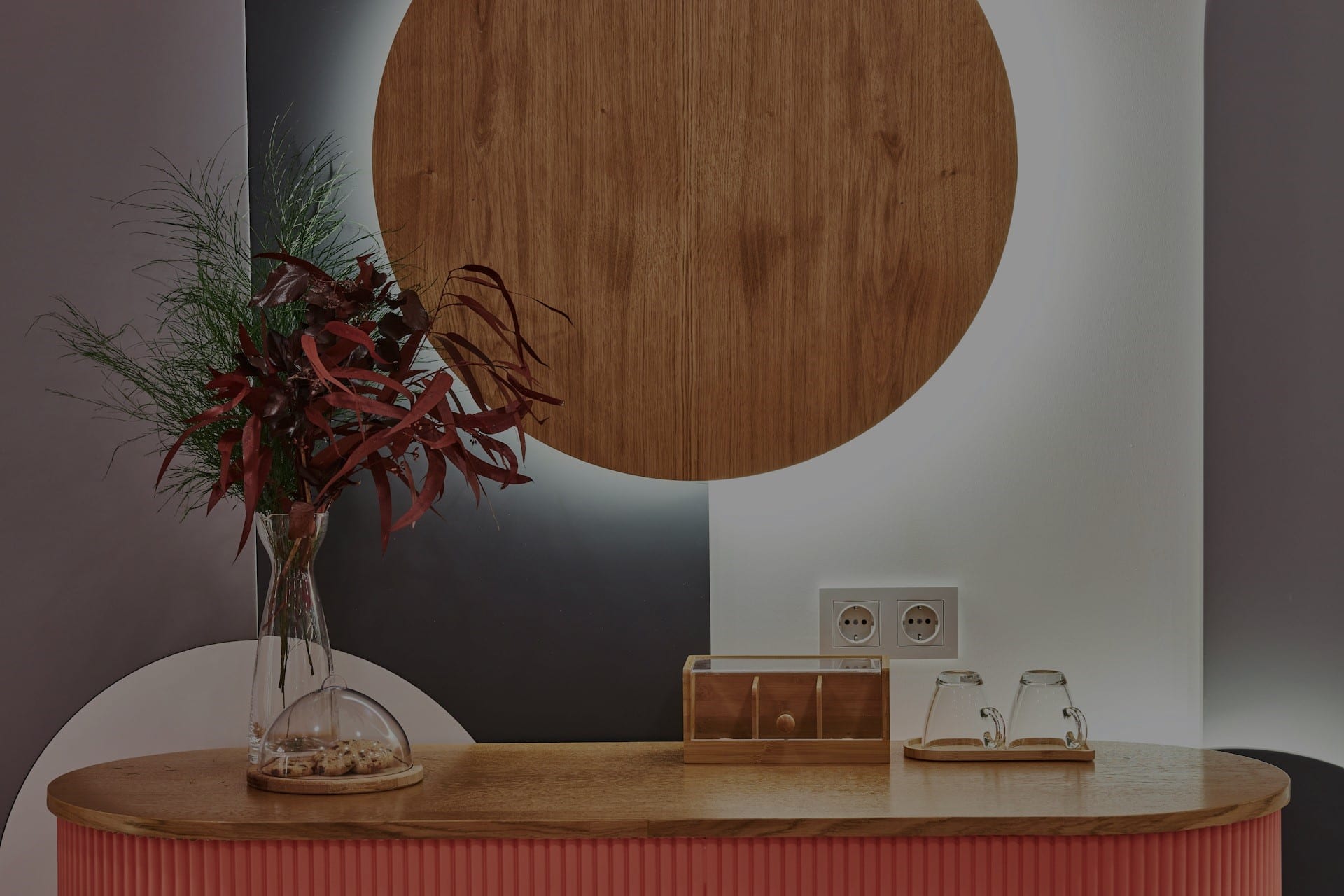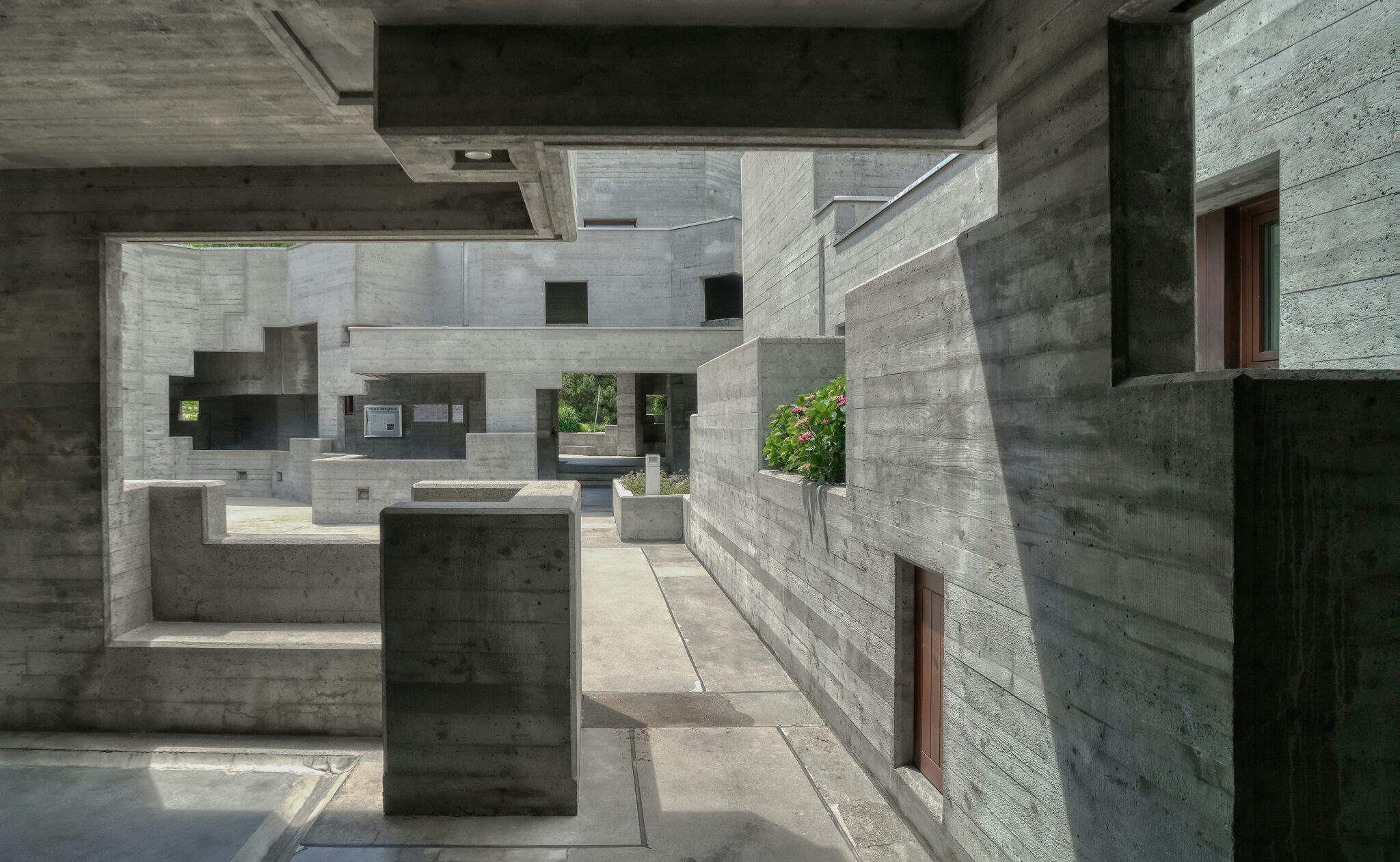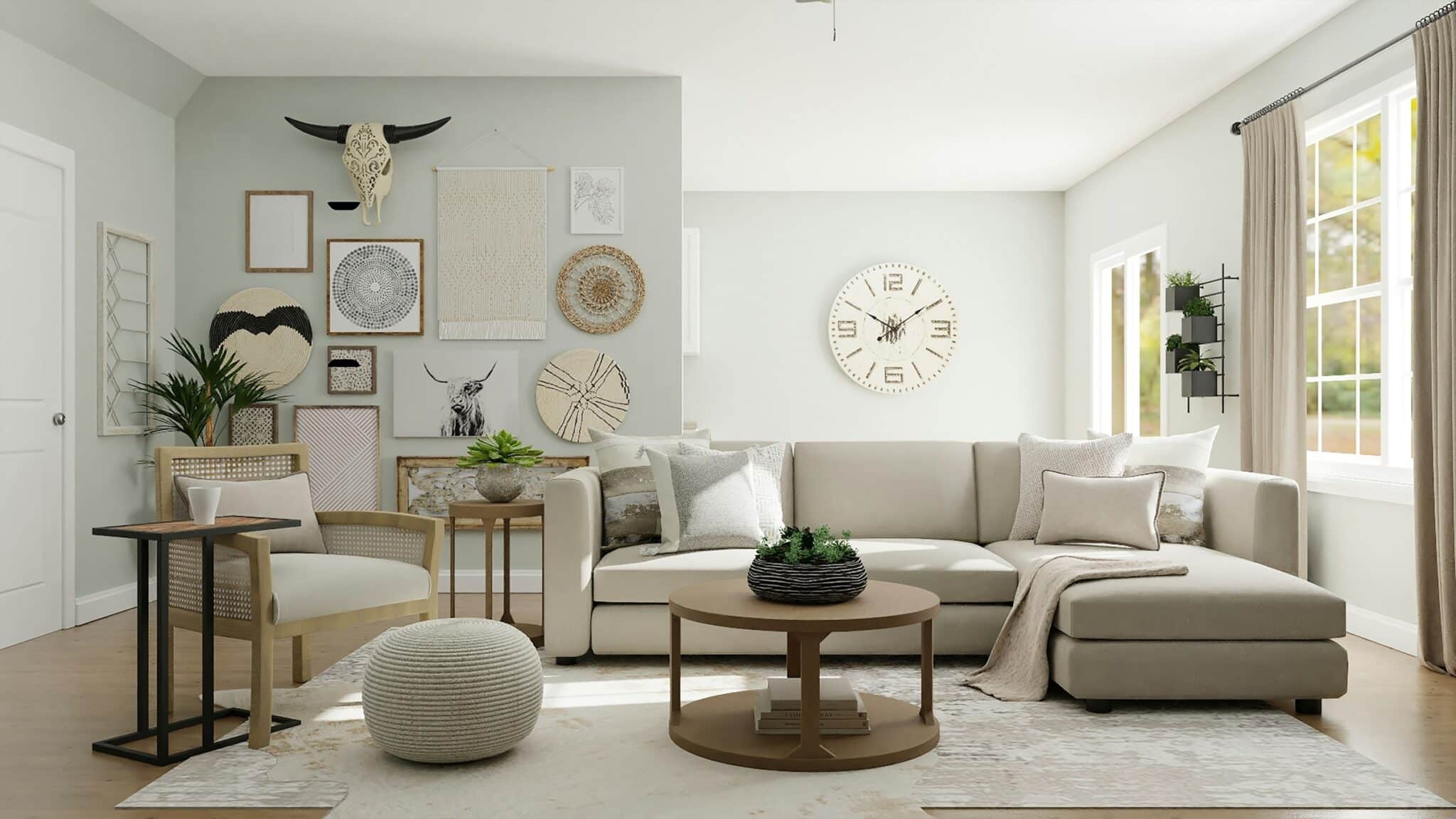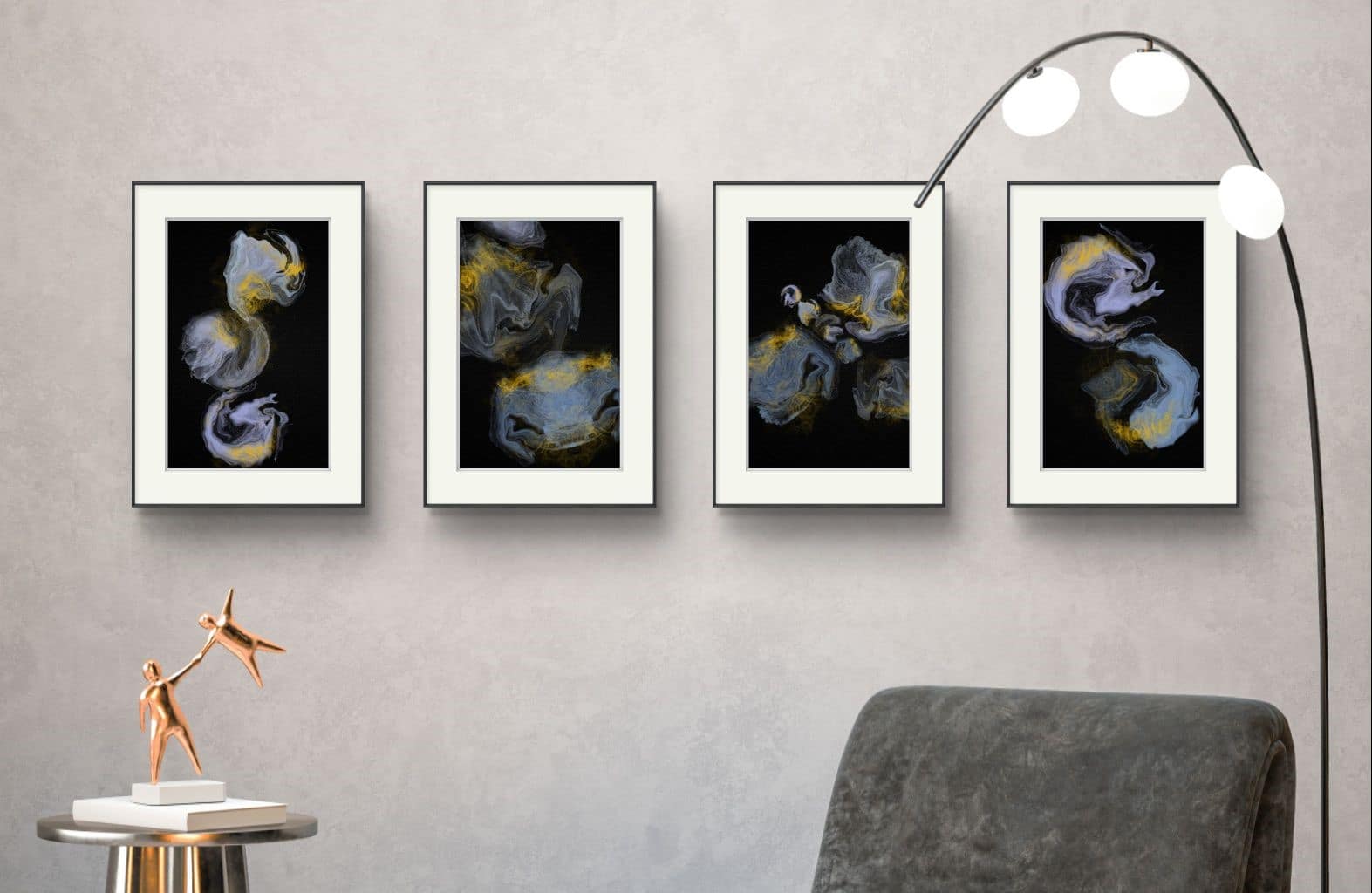In the world of interior design, the use of proportion is key to creating spaces that are not only functional but also aesthetically pleasing. Proportion refers to the relative size and scale of the various elements within a space, and when used effectively, it can enhance the overall flow and feel of a room. This fundamental aspect of design impacts our perception at a subconscious level, making us feel more at ease, engaged, and connected with the environment.
Understanding Proportion and Scale
At its core, proportion in interior design is about the balance between different elements such as furniture, fixtures, and room size. To master proportion, one must consider how these elements relate to one another and to the space as a whole. For instance, a large overstuffed sofa can overwhelm a small room, making it feel cramped, while a too-small rug in a large room can appear misplaced and awkward.
Proportion is closely tied to the Golden Ratio—a mathematical ratio commonly found in nature, which has been used by artists and architects for centuries to create visually pleasing compositions. This ratio, approximately 1:1.618, is believed to be aesthetically satisfying and has been employed in design to achieve balance and harmony.
Drawing the Eye with Dimensional Changes
One advanced strategy in using proportion effectively is to manipulate dimensions to guide the viewer’s eye towards specific focal points or to create a particular flow in the room. Changing dimensions can involve varying the size, shape, or placement of elements to draw attention or lead the eye through a space. This can be achieved through several techniques:
- Vertical Lines and Heights: Use furniture of varying heights to draw the eye upwards or downwards. For example, combining low sofas with tall bookcases and mid-height side tables can create a dynamic yet harmonious look. This not only adds interest but also utilizes vertical space effectively, making the room appear larger.
- Layering: Strategically layer decor items like rugs, throw pillows, and artwork. This approach helps in creating depth and a sense of dimension, guiding the eye in a flowing manner across the room. For instance, a large artwork above a sofa can serve as a focal point, while smaller, complementary pieces lead the eye around the rest of the room.
- Pathways: The arrangement of furniture can direct movement and sight lines within a space. Leave clear pathways that allow easy movement while also guiding the eye subtly towards key areas, like a reading nook or a statement light fixture.
Utilizing Rhythm and Repetition
Rhythm in interior design refers to the repeated use of visual elements that work together to create a sense of organized movement. Use rhythm to enhance the flow of a space by repeating shapes, colors, or patterns. For example, a repeated motif in wallpaper, fabric, and artwork can create a cohesive look that feels intentional and balanced.
Repetition can also reinforce the importance of a specific element, making it more prominent and visually commanding. This technique can be particularly effective in large spaces, where repeated elements, such as lighting fixtures or chair designs, can help unify the space without appearing monotonous.
Balancing Act: Contrast and Harmony
While proportion generally involves elements of similarity and cohesion, contrast is equally important. Contrast—in terms of size, color, or form—can break the monotony of a space and add visual interest. For example, pairing a large, plush armchair with a sleek, minimalist coffee table can create an engaging focal point that attracts the eye.
However, it’s crucial to balance contrast with harmony to ensure the space doesn’t become jarring or uncomfortable. This can be achieved by maintaining a color scheme or theme that ties the different elements together, despite their contrasting natures.
Conclusion
The power of proportion in interior design cannot be overstated. It is a fundamental principle that impacts our perception at a subconscious level, making spaces not only beautiful but also intuitively right. Whether you’re a professional designer or a home decorator, understanding and implementing the principles of proportion can profoundly affect the aesthetics and functionality of a room. By mastering these concepts, you can create spaces that are not only visually appealing but also deeply satisfying to live in.




